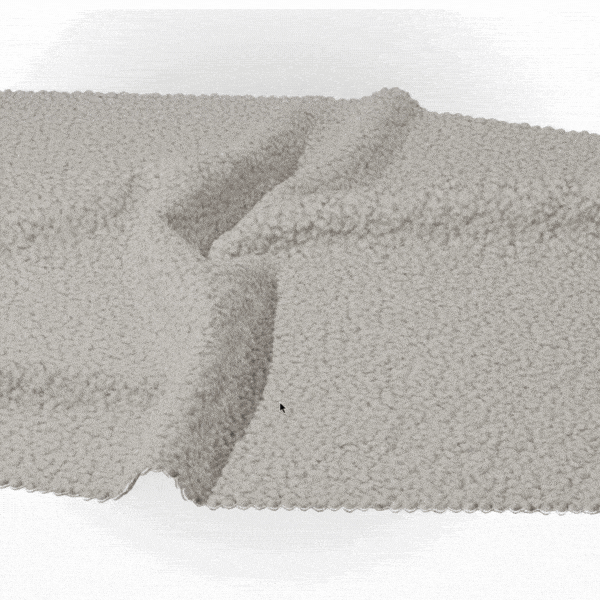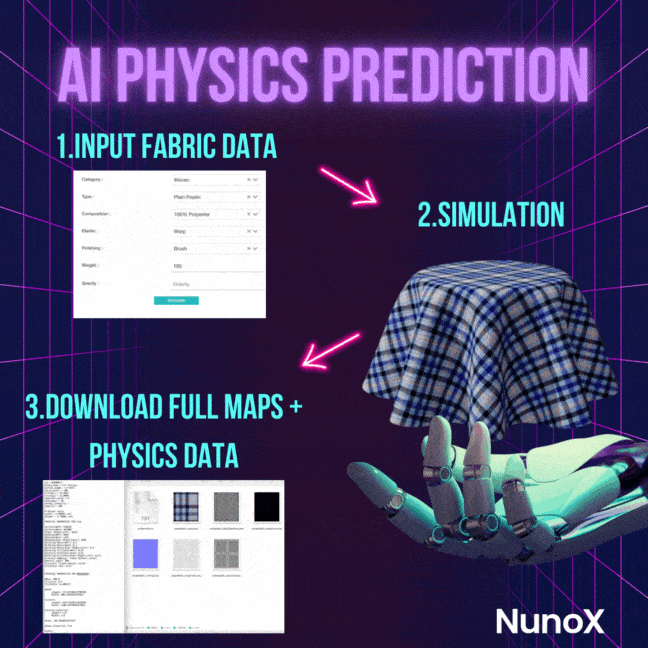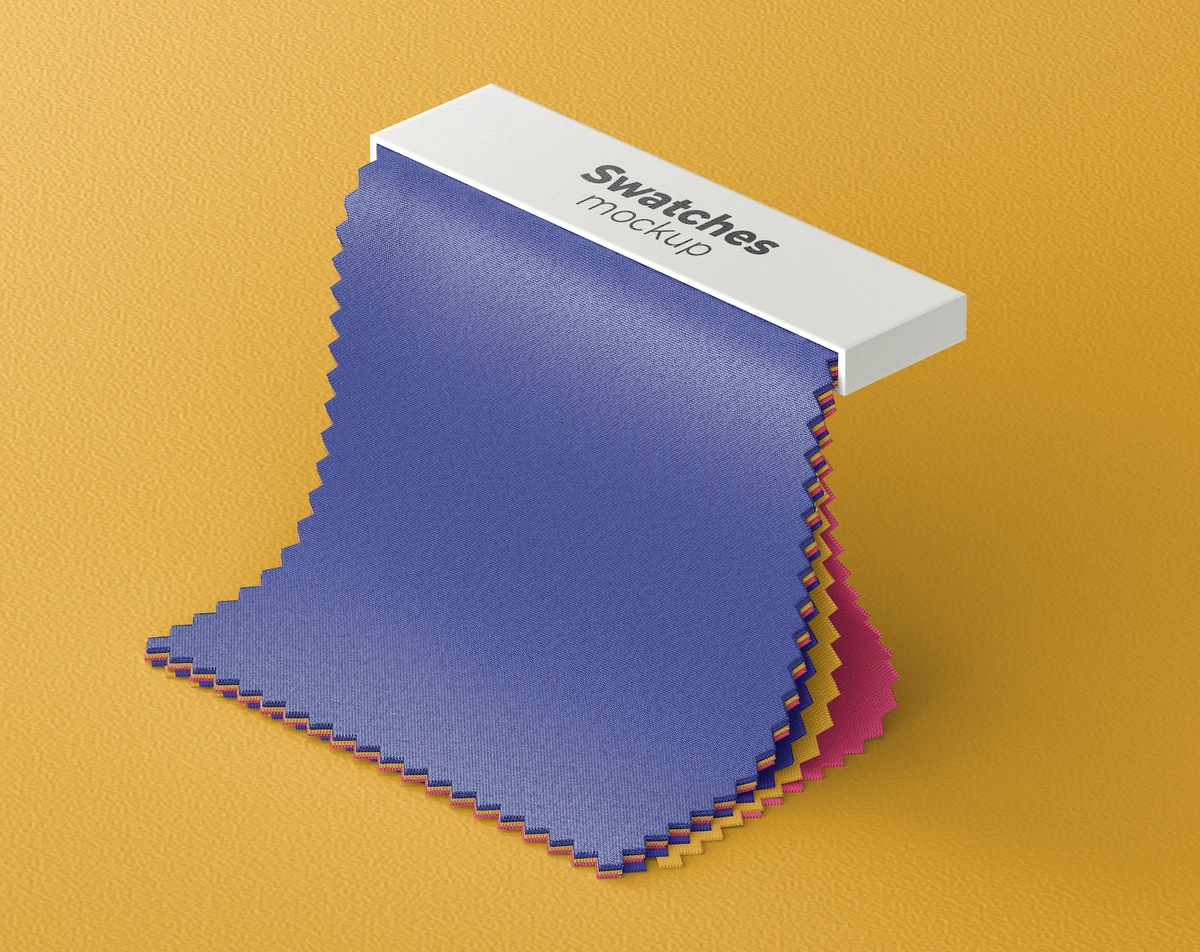In an era driven by technological advancements, the textile industry is undergoing a transformative journey with the emergence of digital fabrics. These innovative materials, comprising a blend of tradition and technology, are revolutionizing the way we perceive and interact with textiles. Central to this evolution are the core components of digital materials, encompassing texture maps, physics properties, and data. In this article, we unravel the intricacies of digital materials and explore their profound impact on design, functionality, and sustainability.
1. Texture Maps: Crafting Visual Realism in Every Pixel
In the digital realm, texture maps are the visual blueprints that define the surface appearance and feel of a material. Picture a canvas adorned with a painting, where every layer of color and stroke plays a role in forming the complete image. Similar to how your eyes discern various elements like colors, depth, and shapes in a painting, they also gather information about the texture—determining whether the surface is rough or smooth. In the realm of digital materials, texture maps act as the storytellers, conveying to your eyes the specific details of each layer and guiding the visual representation of the digital material
Texture Maps include, but are not limited to:
- Color: Shows the color representation of the fabric swatch.
- Normal: The amount of tilt of the surface tangent by 2 axes, where each pixel represents the difference in direction the surface should appear to be facing.
- Specular: Shows the rate of how light is reflected off the surface of the material.
- Metallic: Shows which areas of a material reflect the environment around it and by how much.
- Roughness: Shows how light scatters across the surface of the material.
Explore these Texture Maps in NunoX's Software, where they seamlessly apply to 3D models, creating realistic digital samples. 👇

2. Physics Properties: Fabric Draping
Digital fabrics don't merely sit; they need to stretch and drape. Enter physics properties that govern their behavior and interaction with the environment.
NunoX's AI physics prediction tool adeptly processes fabric data, precisely applying physical values to the end product. NunoX's AI physics prediction tool empower designers by simplifying the complex task of understanding and manipulating physics properties. This not only accelerates the design process but also enables a faster time-to-market for samples. Designers can experiment with various material properties in a virtual environment, streamlining the prototyping phase and reducing the need for physical iterations.

3. Data:
Fabric data includes critical information about the material's composition, weight, and vendor details, often obtained directly from the vendor or included with the fabric or swatch sample.

Conclusion
As the textile industry incorporates digital materials more extensively, understanding their components becomes increasingly vital. Texture maps, physics properties, and data stand at the forefront of this transformative journey, redefining how we perceive and interact with materials. These elements unlock new possibilities in design, functionality, and sustainability. In this era of integration and exploration, digital materials become a canvas for innovation, where the fusion of traditional craftsmanship and technological advancements reshapes the landscape of creativity and material science. With tools like NunoX, this understanding is not only deepened but seamlessly integrated into the design process, accelerating the industry toward a future where the boundaries of possibility are continually expanded.
